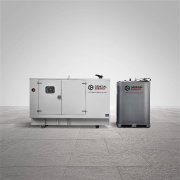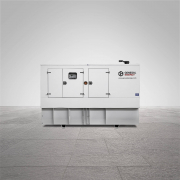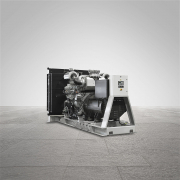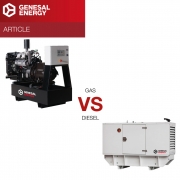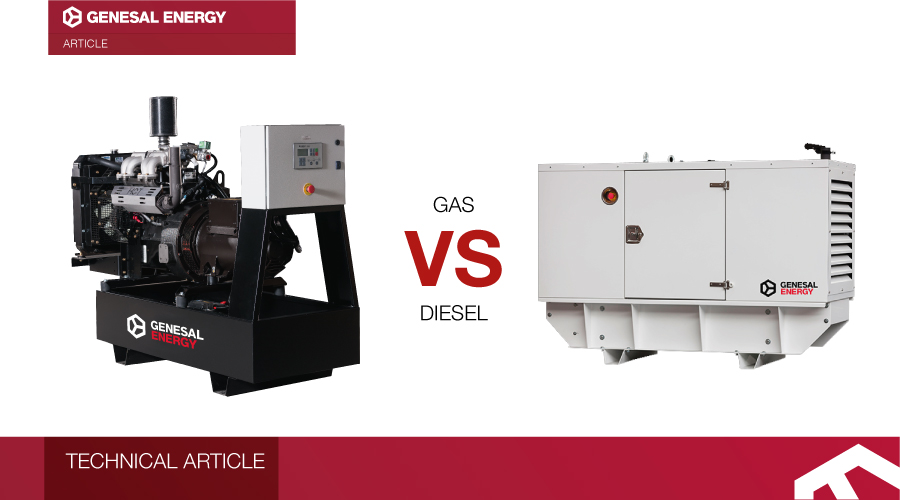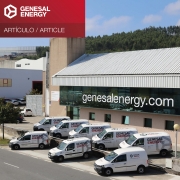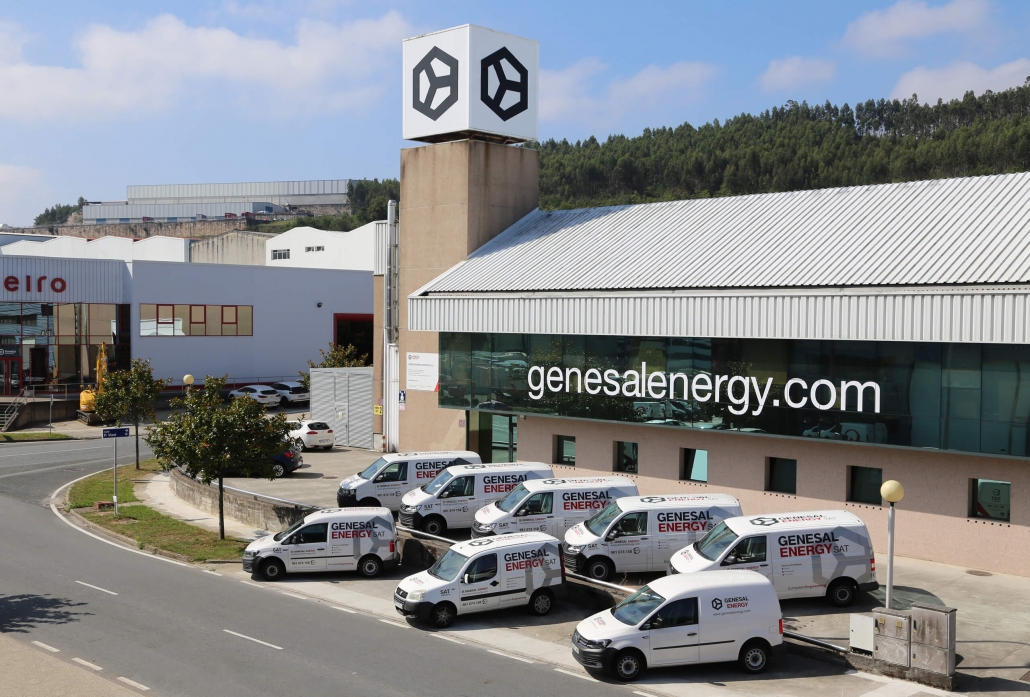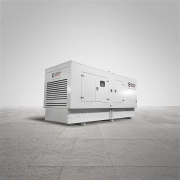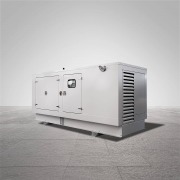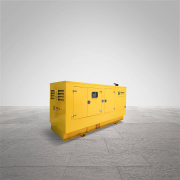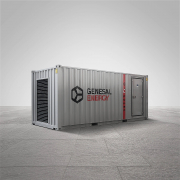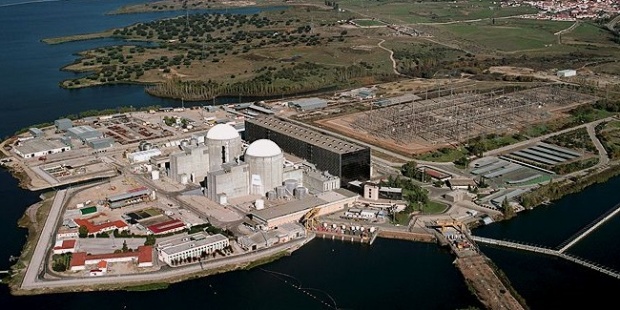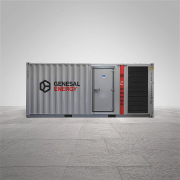Another achievement by our distributors.
We’ve supplied two gensets of 220 and 462 kVA, 220-127Vac at 60Hz, prepared to operate under CFE norms according to the degree of seismicity in Mexico as well as the area’s semitropical characteristics.
With a capacity of 170 MW, the Santiago photovoltaic power plant is located in the state of San Luis Potosí (México). It’s a large complex, whose construction began in 2017 with the participation of 1.000 workers. The power plant was built with the idea of supplying enough electricity to power 138.000 homes.
Its 672.000 solar panels turn the Santiago power plant into one of the largest renewable energy installations in terms of investment (250 million dollars) and also one of the most spectacular, not only in regards to its size (it occupies 750 hectares), but also to the results its expected to achieve: it was built with the objective of preventing the emission of 340.000 tons of CO2 into the atmosphere each year.
The Galician company Genesal Energy participated in this megaproject through the design and supply of two generator sets of 220 and 462 kVA, 220-127 Vac at 60 Hz, prepared to operate in the area’s special conditions, such as the semitropical climate.
Both units were manufactured in Genesal Energy’s headquarters, located in the town of Bergondo, in A Coruña (Spain), with the goal of guaranteeing the correct operation of the booster and switching substations during emergency situations, providing the power necessary for the auxiliary services, emergency lighting, etc.
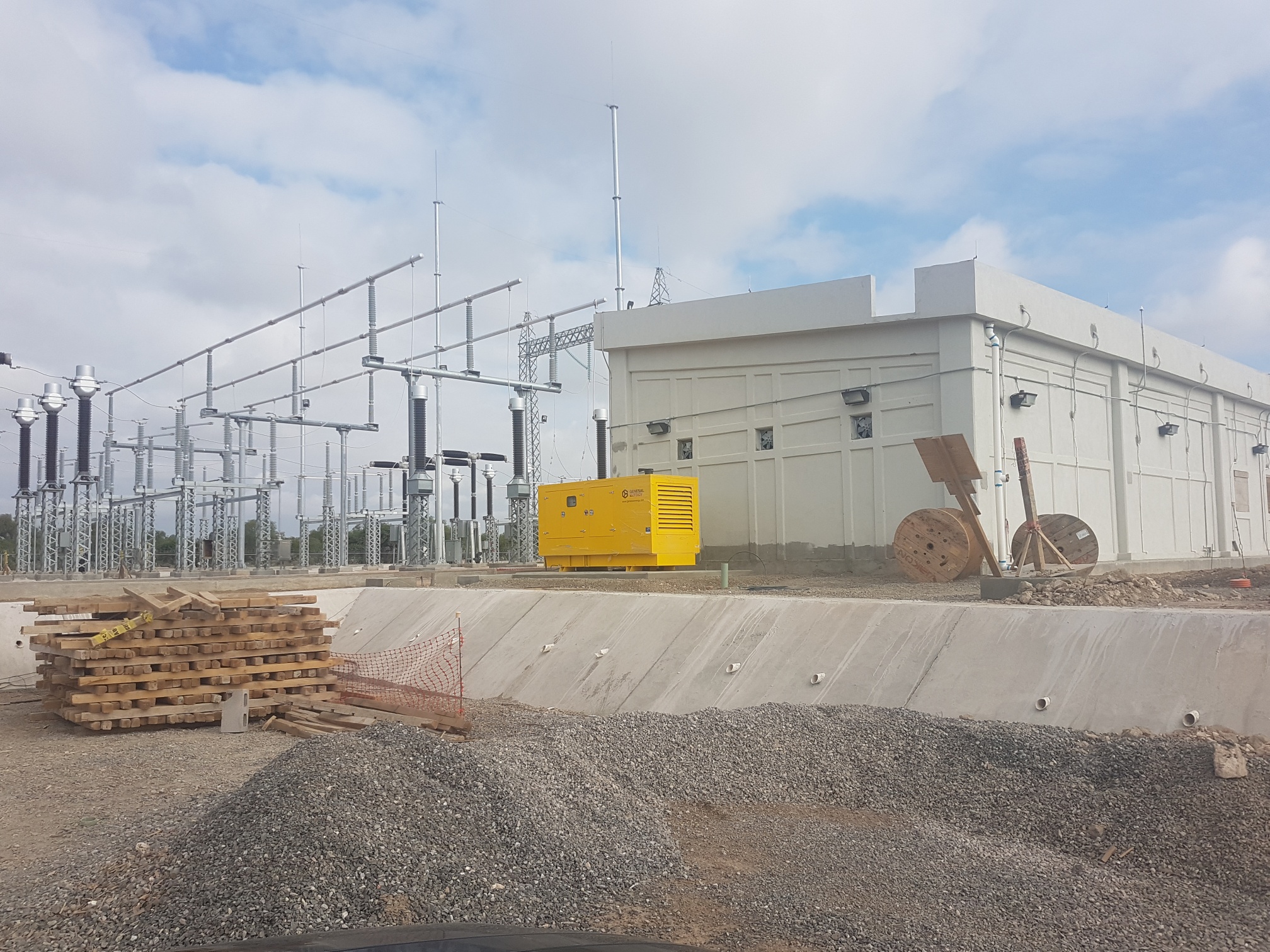
High precision
Both gensets are high precision units, whose design has been thought out to the very last detail to comply with the client’s requests. They have the following features:
The first unit (GEN220FC) is soundproof type and has a 500 L fuel tank integrated in its baseframe, while the second (GEN462F) has a 1.000 L fuel tank. Both special gensets comply with all technical requirements established by CFE (Comisión Federal de Electricidad or Federal Electricity Commission) norms, the prestigious certification that the CFE awards and which elevates the company to the category of trusted supplier.
The CFE-LAPEM certification is granted by the LAPEM (Laboratory for Equipment and Materials Testing), an organization dependent on the CFE, and Genesal Energy received said distinction last year upon passing the audit process carried out by LAPEM in the company’s headquarters, thus becoming part of the select group of companies which have been awarded this certification, a true symbol of excellence.
Features
- GEN220FC 500L fuel tank integrated into the base frame, Soundproof type, and with technical features following CFE (Federal Electricity Commission of Mexico) standards, painting with finish according to CFE norms.
- GEN462F Approved 1000L double-wall fuel tank for external installation, with technical features following CFE (Federal Electricity Commission of Mexico) standards, painting with finish according to CFE norms.
